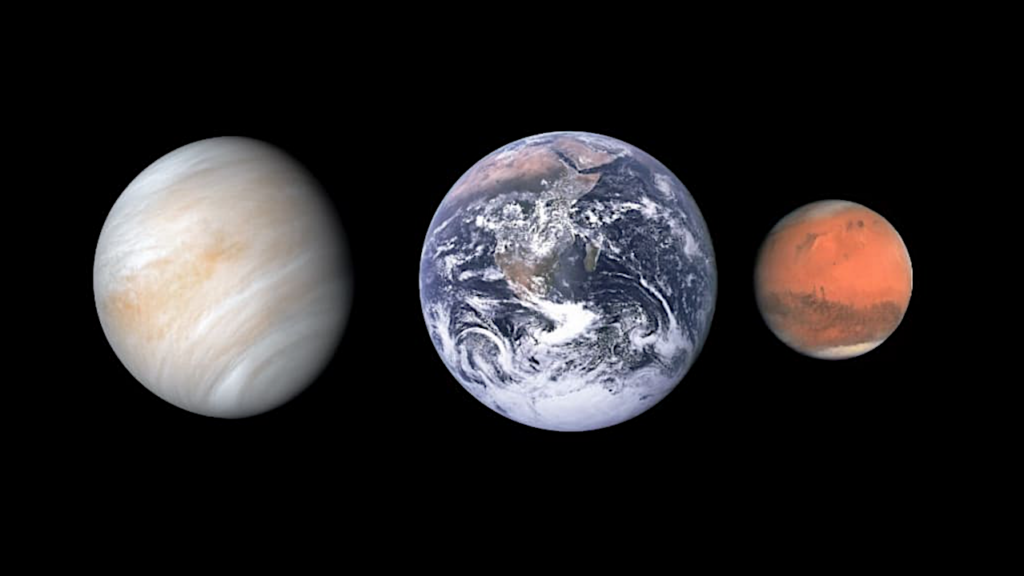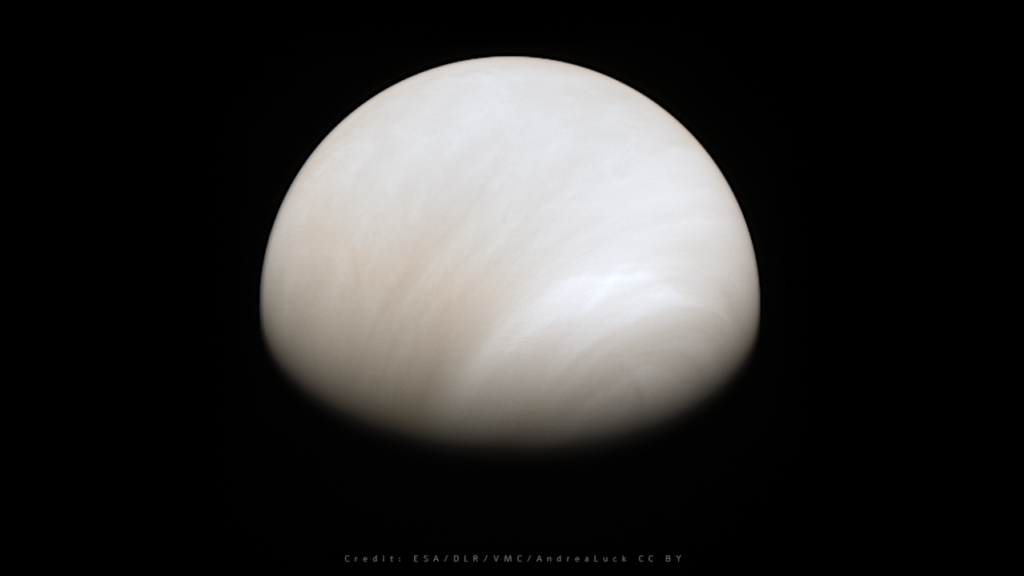From Direct Measurement Of The Universe's Expansion History To Characterization Of Nearby Habitable Planet Candidates

The direct measurement of the Universe’s expansion history and the search for terrestrial planets in habitable zones around solar-type stars require extremely high-precision radial velocity measures over a decade.
This study proposes an approach for enabling high-precision radial velocity measurements from space. The concept presents a combination of a high-dispersion densified pupil spectrograph and a novel telescope line-of-sight monitor. The precision of the radial velocity measurements is determined by combining the spectrophotometric accuracy and the quality of the absorption lines in the recorded spectrum. Therefore, a highly dispersive densified pupil spectrograph proposed to perform stable spectroscopy can be utilized for high-precision radial velocity measures. A concept involving the telescope line-of-sight monitor is developed to minimize the change of the telescope line-of-sight over a decade.
This monitor allows the precise measurement of a long-term telescope drift without any significant impact on the Airy disk when the densified pupil spectra are recorded. We analytically derive the uncertainty of the radial velocity measurements, which is caused by the residual offset of the line-of-sights at two epochs. We find that the error could be reduced down to approximately 1 cm/s, and the precision will be limited by another factor (e.g., wavelength calibration uncertainty). A combination of the high precision spectrophotometry and the high spectral resolving power could open a n
ew path toward the characterization of nearby non-transiting habitable planet candidates orbiting late-type stars. We present two simple and compact high-dispersed densified pupil spectrograph designs for the cosmology and exoplanet sciences.
Densified pupil spectrograph as high-precision radial velocimetry: From direct measurement of the Universe’s expansion history to characterization of nearby habitable planet candidates
Taro Matsuo, Thomas P. Greene, Mahdi Qezlou, Simeon Bird, Kiyotomo Ichiki, Yuka Fujii, Tomoyasu Yamamuro
Comments: 37 pages, 18 figures, Accepted for publication in the Astronomical Journal
Subjects: Instrumentation and Methods for Astrophysics (astro-ph.IM); Cosmology and Nongalactic Astrophysics (astro-ph.CO); Earth and Planetary Astrophysics (astro-ph.EP)
Cite as: arXiv:2111.06766 [astro-ph.IM] (or arXiv:2111.06766v1 [astro-ph.IM] for this version)
Submission history
From: Taro Matsuo
[v1] Fri, 12 Nov 2021 15:23:31 UTC (23,227 KB)
https://arxiv.org/abs/2111.06766
Astrobiology








